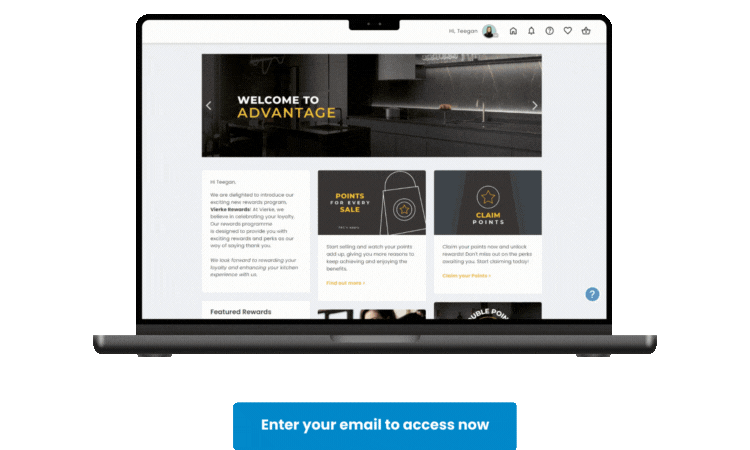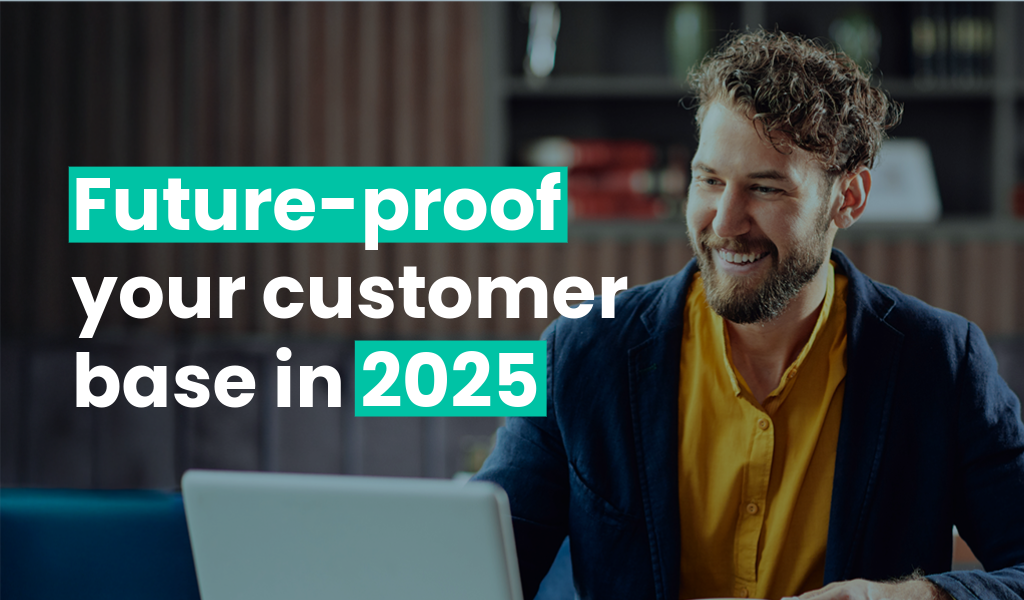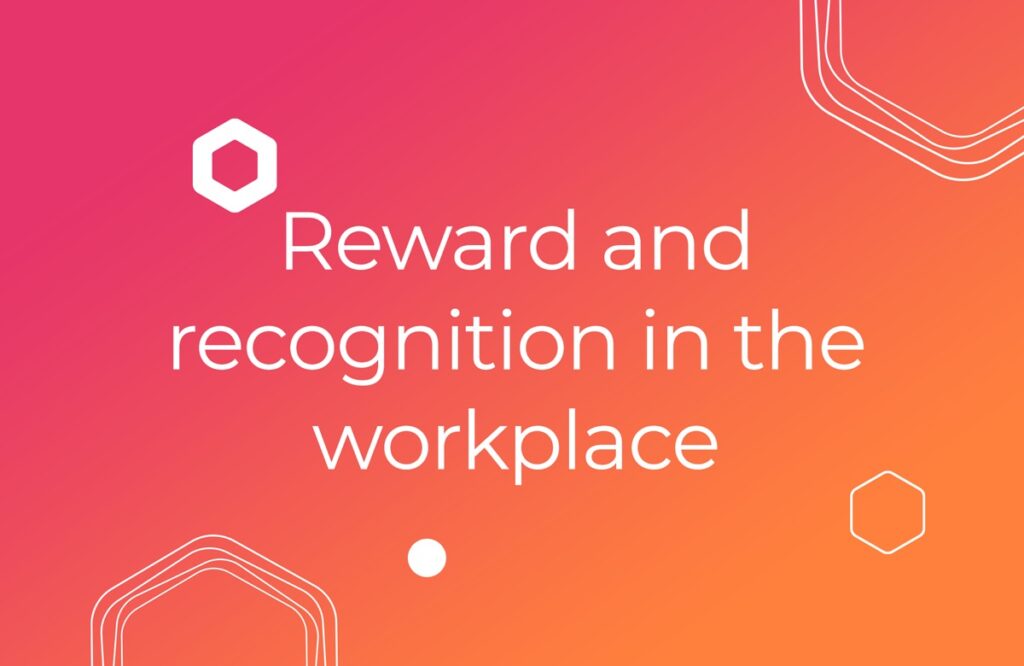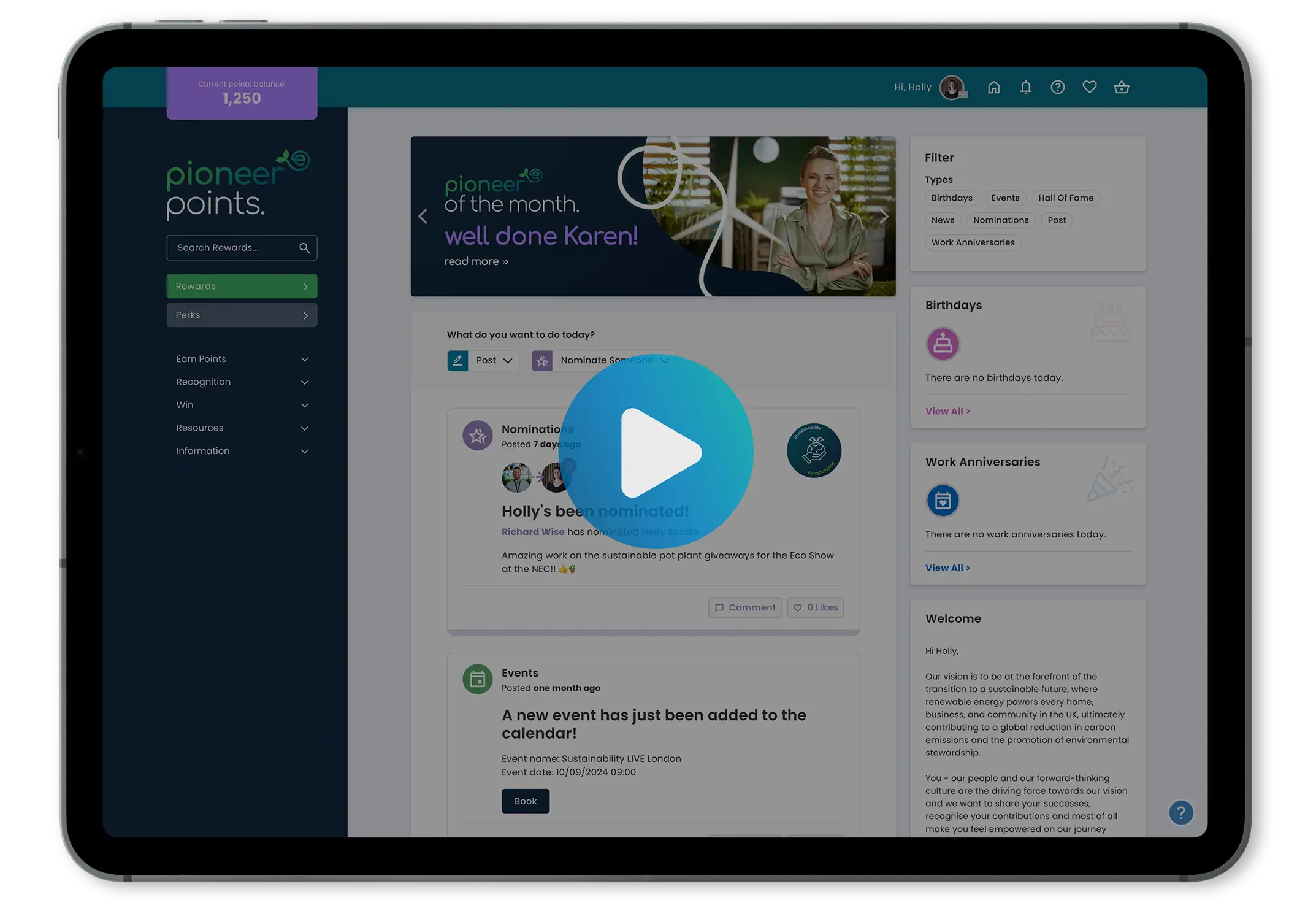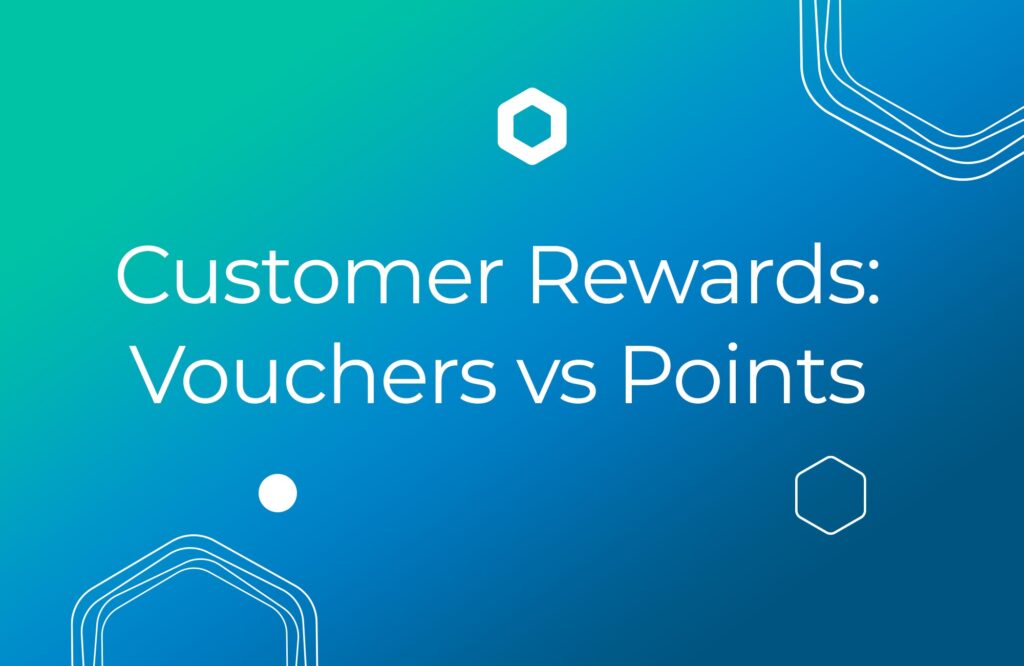


Working for customer loyalty is one of the most valuable things you can work for. If you can create a solid channel or customer base that is motivated, engaged, and enthusiastic about your brand, then there’s no better sign that your business is bringing its A-game.
There are lots of different things that build loyalty steadily over time. Experiences and interactions that are consistently strong, personalised, and memorable (for the right reasons) will go a long way to building up a steadfast customer base, as will the standalone strength of your products or services (obviously)!
Ultimately, however, your ability to cultivate trust systematically hinges on the strength of your B2B loyalty programme. Without one, you’re relying on the minutiae of each customer experience as-and-when it happens. With a loyalty scheme, you’ve got something tangible connecting every experience to the next, motivating and inspiring customers to come back even if the specifics of their last experience weren’t all committed to memory like words on a page.

Points, pounds, and vouchers
So, there are many ways to build loyalty, but there are also lots of different ways to run a loyalty scheme. Some people (including our Incentivesmarties) swear by points as the ultimate way to get customers filing back through the door again and again, but plenty of loyalty schemes get by offering cash or voucher-based rewards.
All of them hold certain benefits for – not just the business, but for its customers, too. Then again, some are a lot more beneficial than others. So, how do you know which side to take?
Pounds – a brief catch-up
We’ve talked before about the pounds versus points debate and why, ultimately, we’ll always side with points. It’s not just about keeping customers coming back for more as they work towards the rewards they want; it’s about building a whole catalogue of positive memories and small-but-powerful dopamine releases in the process.
Cash goes into your wallet and comes back out again when it’s needed to pay for a car park ticket or on-the-go lunch, just as it goes into your bank account and back out again when you’re placing that 11pm order on Amazon for chamois cloths or sending a direct debit for additional cloud storage. Unless it’s a life-changing sum, it’s only a matter of time before that cash reward is forgotten.
Cash-based rewards programmes and channel incentives are relatively rare. It’s easier for customers to judge the value of the cash you’re giving them because, well, it’s cash. Most companies don’t want it to be that easy for customers to see what they’re investing into their loyalty – or, in other words, how much they think it’s really worth. Just recently, however, big-chain supermarket Asda unveiled a new cash-based system for customers. Nevertheless, Tesco’s Clubcard remains the clear winner.
So, we’ve convinced you that cash isn’t the way to go. It’s not the most economical choice for you, and it’s not the most effective way to keep customers in your own little business bubble.
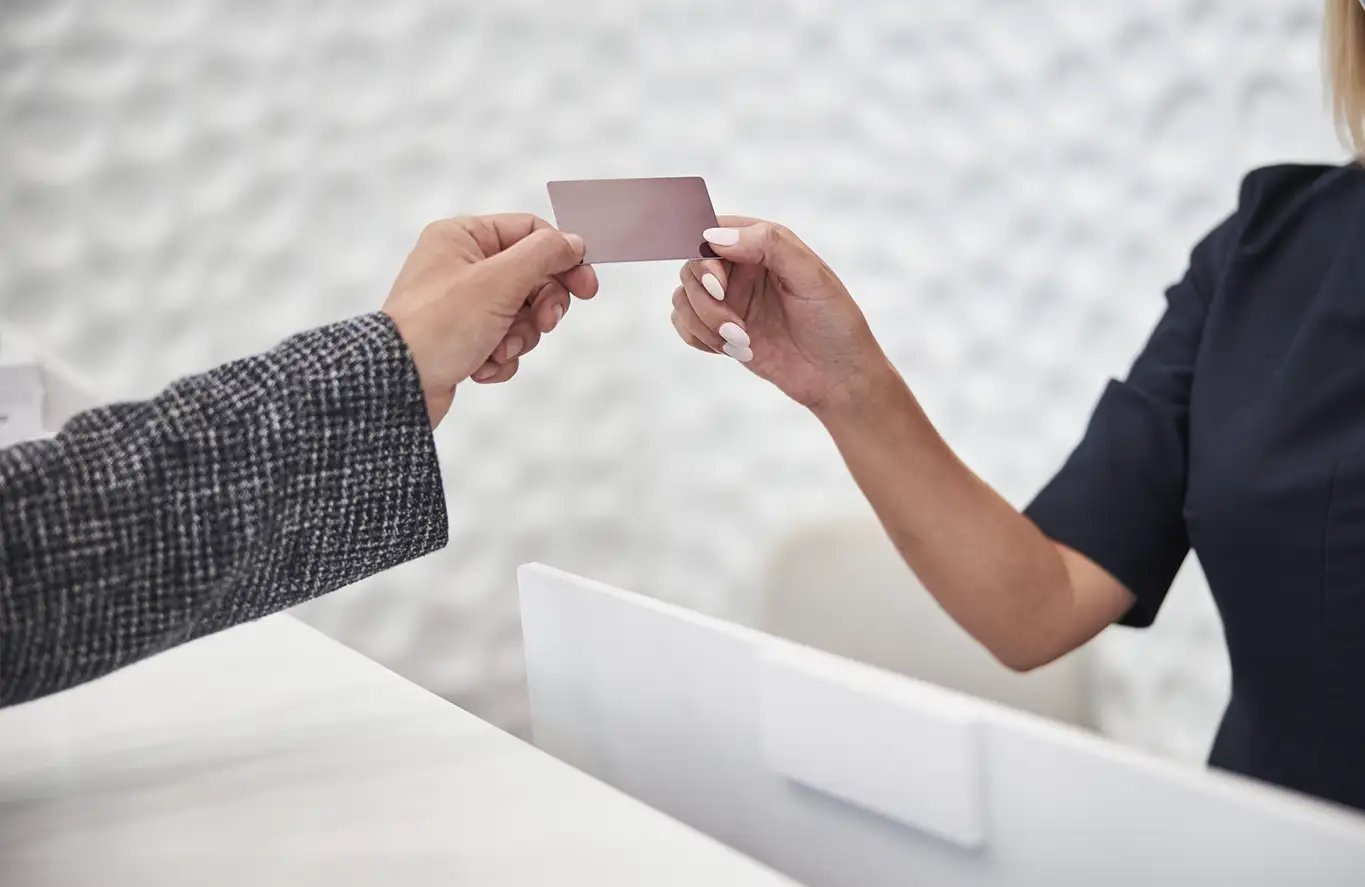
A new contender: vouchers
Sure, they’re not actually ‘new contenders’. In fact, businesses have been offering coupons or vouchers since the late nineteenth century, when Coca-Cola started issuing free drinks through mail and magazines. But, so far, we’ve focused more on the benefits pounds have over points.
These days, an increasing number of businesses are offering vouchers in lieu of cash, effectively keeping customers within their own closed loop (whether that loop is all their own or includes a list of brands that have opted-in) and giving them a clear, motivating reason to come back. After all, if we rediscover a voucher we stashed away in a drawer before it expires, we’re generally very motivated to redeem it, right?
Right – to a certain extent. That’s why vouchers like Love2Shop have taken off in recent years. But there are some significant setbacks to vouchers that should have any business considering a voucher-based reward system.
- Customers prefer vouchers that can be redeemed at multiple businesses…
But that’s not good news for you. This is like giving cash as a reward without actually giving away cash. If you reward customers with a voucher that can be redeemed elsewhere, then you’re not keeping them within that closed loop (aka, your business).
Obviously, the counterargument is that customers simply have more on offer to them if you’re willing to open up that loop. Then again, if your rewards catalogue is strong enough, they won’t need those extra options from other businesses. - …But a closed loop offers a lot more bang for your buck
In this instance, ‘bang’ means data and actionable customer insights. If your customers are awarded points that can only be redeemed in your rewards catalogue rather than at multiple different businesses that have opted into the same scheme, then you can learn a lot more about them based on the rewards they choose. Just as every transaction should inform your customer profile and boost your ability to personalise marketing communications with them, so too should every reward redemption.
Vouchers that work at multiple sale points operate in an open loop, and they’re a lot less valuable for you as a result. - Vouchers don’t create the same clear distinction between transactions and rewards
One of the reasons we love to be rewarded is because it leads to a satisfying release of dopamine, serotonin and oxytocin, all of which make us feel good and encourage our brains to attach positive connotations to the experience, and the person (or brand) that issued the reward.
Vouchers tend to be redeemable against certain products or represent a certain value at the POS. In other words, they get you a good deal on a product you were probably going to buy anyway.
A rewards catalogue is very different. In there, you’re not going to find the mundane necessities. Instead, you’ll find a wide selection of products and experiences that actually feel like treats. This is why choosing the right rewards is so important and why we invest so much time, research, and development into perfecting our rewards catalogues.
This is the same fatal flaw we identified with cash-based rewards: they don’t create a strong enough distinction between purchases and rewards.

- Vouchers mean you miss out on gamification…
Have you ever heard the phrase, ‘the journey is the reward’? In this case, it may not be strictly true, but there is something to be said for the process of accruing points and working toward something over multiple return purchases and interactions with the business’s rewards platform.
That ‘something’ is gamification, which is a powerful motivator and highly effective at encouraging employees, students, customers – anyone – to go the extra mile and invest a little more interest in a task.
Vouchers aren’t generally ‘stackable’, so customers can’t decide to keep accruing their vouchers like combos in Tetris until they’ve got a veritable hoard of them to spend. There’s no scope for gamification, just as there’s no scope for it when you’re offering cash. - …And, ultimately, continuous engagement
This is the very heart of the issue. When you’ve got all the best elements of a strong rewards programme joined together – gamification, desirable rewards, and a closed loop of continuous consumer insights – you’ve laid the foundations for continuous engagement from your customers. If a competitor is running a flashy deal but your customer is steadily working towards the next tier on your rewards platform, there’s a very strong chance they’d rather pay your price than miss out on a chance to ‘reach the next level’.
Under the right circumstances, continuous engagement turns into loyalty. It enables you to extract that high value existing customers are supposed to offer in comparison to new business, and avoid wasting all your time running flashy deals in the hope of getting fresh feet through the door.
In some ways, vouchers are even less inspiring than cash. Customers are less likely to feel rewarded, and more likely to recognise your attempts at winning them over.
Putting it all together
A lot of businesses run loyalty schemes. In fact, around 90% of businesses are offering them to some degree or another. It’s no secret why – the benefits are obvious, provided you can capture them rather than letting them slip through your fingers.
The best possible loyalty tools will motivate customers to give you as much business as they can and encourage them to speak highly of them with their friends or co-workers. They will also gather invaluable insights into your customers in the process in a way that proves as cost-effective to your bottom line as possible.
All of this – and more – can be achieved through a points-based reward system. Pounds and vouchers work to a certain extent, and they may even allow you to see a definitive ROI reflected in your revenue from return business, but experience has taught us that they never quite live up to the value that a closed-loop, points-based system holds for businesses.
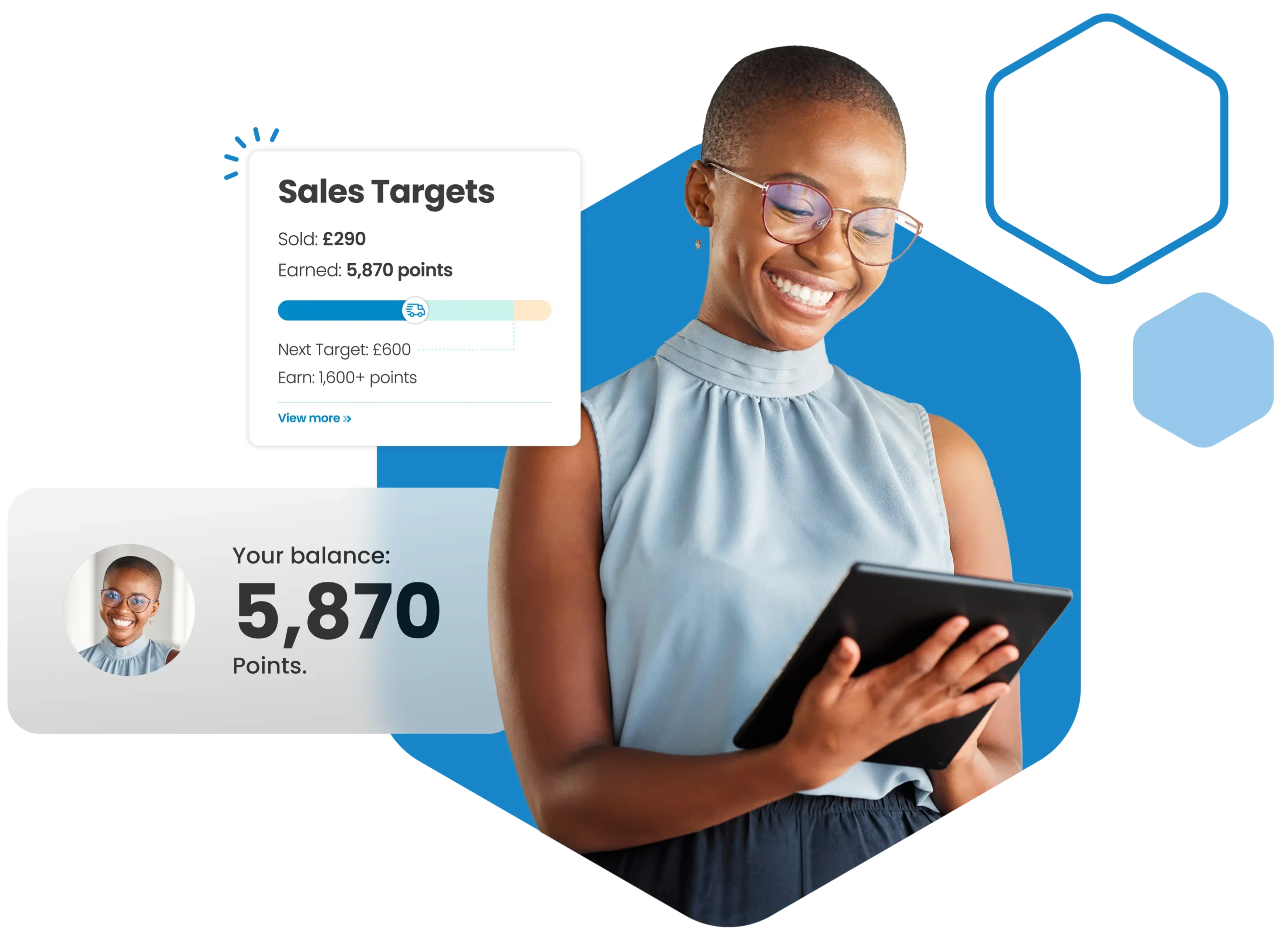


![How to keep customers coming back for more{{ include_custom_fonts({"Poppins":["Semi Bold"]}) }}](https://no-cache.hubspot.com/cta/default/5921162/interactive-188375258646.png)
